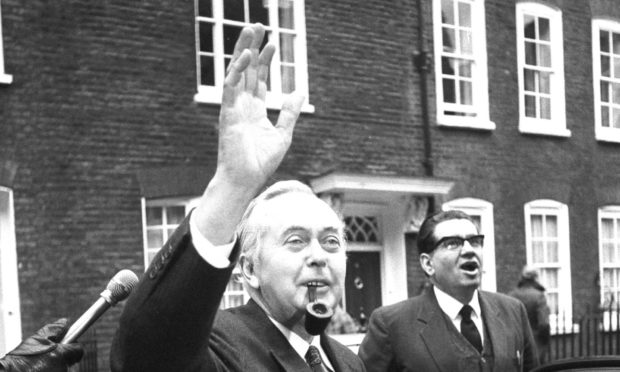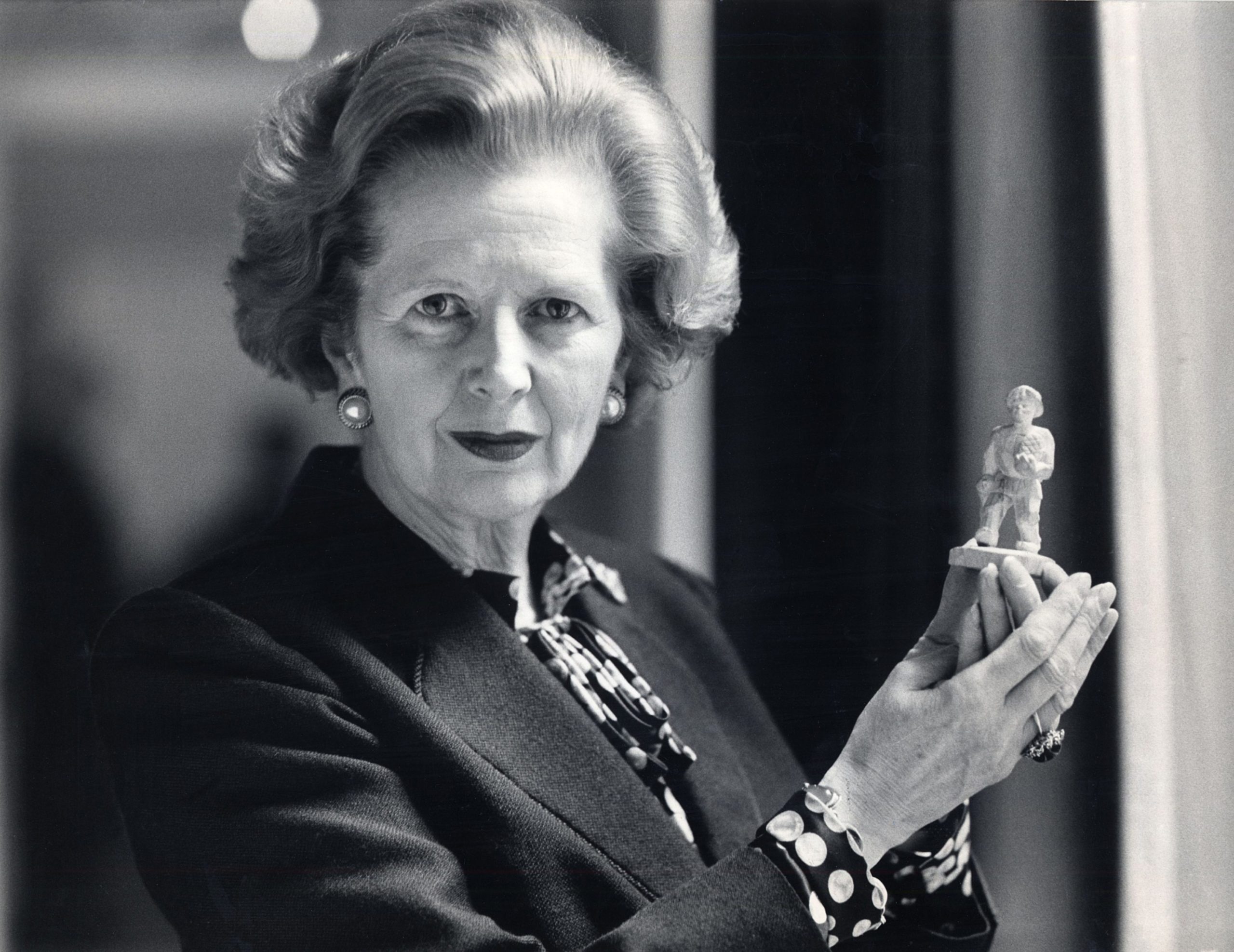As the Labour Party in Scotland plunges into yet another rushed leadership election, from a narrow and limited field, I suspect, sadly, it may result in more of the same. But it made me think about the great political leaders we have had in Britain since the end of the Second World War.
Clem Attlee came to power after the conflict ended in 1945. The people were sickened and exhausted having fought for their country only to find their homes reduced to rubble and no work to keep their families. The mood was for a better society. Attlee had a quiet personality, but commanded a talented Cabinet. He set about rebuilding Britain.
Despite having little in the way of finances, the government of 1945 created the NHS, embarked on a massive council house building programme and introduced a welfare benefits system which boasted it would look after people “from the cradle to the grave”. People were desperate for a better society. The Attlee government provided it. They are still our country’s foundations today.
When he came to power in 1964, Harold Wilson had a Commons majority of four. He went to the country again in 1966 and won a landslide. After 13 years of Tory austerity the people wanted something different. Wilson recognised that the youth of the 1960s were breaking through with their music, fashion and creative talents. He encouraged that.
Wilson created the Open University, abolished the death penalty, recognised same-sex rights, brought us closer to Europe and brought in laws for the breathalyser and for car manufacturers to install seat belts. All despite a turbulent time financially. He went on to win two more elections and kept the Labour Party united for longer than any other leader.
The first female prime minister, Margaret Thatcher, took control at a time in 1979 when Labour and the trade unions were at loggerheads. Strikes were rife and things got to the point where in parts of the country people couldn’t bury their dead. This period is often referred to as the “winter of discontent”.
In the 1980s when many of our traditional indigenous industries were failing, Thatcher refused to give them state aid and they were left to go to the wall or be taken into private hands. Our assets – council houses, gas, electric, steel, shipbuilding – were sold off.
The battle with the miners ruined close communities. Thatcher pursued policies of individualism and de-industrialisation. The buzz word was privatisation.
Thatcher changed the way people thought about these things. Many working-class people rushed to buy shares in banks and utilities and purchase their council house, sold off at a reduced price. Despite savage cuts to local authority budgets, universities and public sector organisations, something which continues today, people accepted these cuts as efficiency savings. Thatcher was ruthless in pursuing her goals, but people admired her strength of character. She won three landslide elections.
In 1997, Tony Blair took office. He was youthful and didn’t speak like a politician. Blair was more open, inclusive and approachable. Blair benefited from a longer honeymoon period with the press than normal. The public saw him as a refreshing change.
Together with Gordon Brown they created the “New Labour” project reaching out to the centre ground of politics. He introduced the national minimum wage, constitutional changes, opened Sure Start children’s centres and introduced tax credits to help poorer families. He sealed the Northern Ireland Good Friday Agreement, bringing peace in Ulster.
Unfortunately, the arguments between himself and Brown for the premiership prevented the introduction of more radical policies after their first term in office.
He won three elections with landslide majorities. Regrettably, the issue between Brown and Blair along with the Iraq dossier which led our troops into combat in the Middle East resulted in Tony Blair’s achievements being forever skewed.
I have only met two of these leaders – Thatcher and Blair. I was struck by the way they knew how the people felt and provided solutions. These leaders were products of their times.
They were all great communicators, picked a wealth of talent in their Cabinets, and had the ability to sense the public mood.
However, you cannot pluck out parts of what they achieved in their time and make it work today, simply because life, circumstances and attitudes are forever changing. Great leaders are relevant only to their times.
Depending on your own political persuasion you may, or may not, like how or where they lead us, but that they left an indelible mark on the history and culture of Britain is undeniable.
Len Ironside is a former champion wrestler who served as an Aberdeen councillor for 35 years, four of them as council leader.











